Guide
What Is Gradient Crypto Extension And How To Get The Airdrop?
ChainPlay
•
4 months ago
Share :

Gradient Network is a decentralized edge computing platform whose approach is based on the inclusion, accessibility, and affordability of compute resources. According to Spacelift, the cloud computing sector could grow to $947.3 billion by 2026. Over the past few years, the cloud computing industry has undergone significant transformation as it moves toward an AI-powered era. Decentralized platforms like Gradient Networks are helping to unlock access to distributed, diverse, and untapped computational resources.
AI inference, content delivery, and serverless computing are some key use cases Gradient Network aims to reach. Now, they are launching an airdrop similar to the $GRASS Network. This airdrop converts users' unused internet connection and gives them points, which will be converted to Gradient Token. In this article, we will provide a comprehensive guide on how to get into this promising airdrop and the steps to earn the most rewards.
- Gradient Network is an airdrop that aims to make compute resources more accessible. It is built on the Solana blockchain to improve its scalability.
- The Gradient Network is built on many layers including the Homogenized Computation Layer, Pervasive Connectivity Layer, Adaptive Orchestration Layer, and Oracles and Settlement Layer.
- At the end of their airdrop, the points mined by users will be converted to the Gradient token.
What Is Gradient Crypto?
Gradient Crypto is a decentralized platform with a major objective of innovating how data is accessed and distributed. It is a decentralized protocol-oriented mining solution that combines artificial intelligence to make digital computing more inclusive. The Gradient airdrop allows users to share their unused data bandwidth and earn points.
Because of the massive potential Gradient Network possesses, it has the backing of many top organizations. Chinese venture capital HongShan and other leading investors like Multicoin Capital and Pantera Capital back the project. The support from high-standing investors and the influx of capital show confidence in the project.
One of the unique selling points of this project is that it offers leveraging edge computing. The major importance of this feature is that it prevents delays and reduces bandwidth usage by providing a form of computing that processes data closer to the source. Technologies and innovative solutions like artificial intelligence (AI) reasoning and content delivery benefit from this feature as it needs high-speed Computation.
Gradient Network
The Gradient Network depends on many other layers or components to help it achieve its goal of providing innovation in AI inference and other applications. These layers include:
Pervasive Connectivity Layer
The Pervasive Connectivity Layer provides decentralization, resilience, and efficiency to Gradient Network. Furthermore, it is an innovative layer with more features and capabilities than the traditional client-server model.
Homogenized Computation Layer
The Homogenized Computation Layer is responsible for commoditizing heterogeneous compute resources into a single unified compute layer. Converting heterogeneous compute resources helps deliver unparalleled availability to the network.
Adaptive Orchestration Layer
The major function of the Adaptive Orchestration Layer is to help manage different services efficiently within the network. This layer offers adaptive orchestration to manage different computing demands efficiently.
Oracles and Settlement Layer
This layer taps into the scalability and intuitive interface the Solana network provides. It also combines a dynamic on-chain ecosystem to make its innovative solutions more user-friendly.
Gradient Extension
The Gradient Extension can be accessed on desktops by heading to the Google web store. Some mobile browsers such as Mises and Kiwi support mining Gradient points on mobile devices.
On the Chrome web store, the Gradient Sentry Node plays a major role in the extraction of unused data and mining of rewards. Within the Sentry Node, there are certain functionalities users should be aware of, and they include:
Taps
The function “taps” within the Sentry Node are Peer-to-Peer connections established periodically between two random, arbitrary Sentry Nodes to verify their connectivity. These are also called ephemeral connections and it is successful only when the connection is established. According to Gradient Network, network factors such as your NAT type determines the “taps” success rate.
Rewards
Rewards are part of the gradient mining and airdrop procedure. From the project developers, there are many ways to earn rewards on their platform. Within Season 0 of the Gradient airdrop, Sentry Nodes can get network rewards, referral bonuses, and account boosts.
The network rewards are of two types: Proof-of-Availability (POA) and Proof-of-Connectivity (POC). The POA rewards are based on a user’s uptime while the POC rewards are given when their connectivity is verified by the network.
There are two ways a user can get rewards for referring another person to the project. First, they can get a one-time bonus, where both parties of a referral will get 20 points if the referee reaches 72 hours of uptime. Secondly, a user will get a 10% bonus for the POA and POC rewards the referee earns. A user is also liable to get an extra 5% of POA and POC rewards for their secondary referees.
Account boosts are also another form of getting extra rewards during the Gradient mining period. The more a user completes more achievements, the more they elevate their account statuses. For instance, an account status of bronze gets a reward boost of 2% while diamond gets 10%.
Node Status
Node Status is also another thing users must note about the Gradient Extension. Each signal displayed on the screen represents a particular message. When the node status is good, it means that it is successfully connected to the server. When it shows disconnected, it means the user should check their internet connection because it might be offline. At “unsupported,” it means the location or IP address is unsupported. Some examples of unsupported IPs include Data Center IPs, IPv6 addresses, Proxies, and IPs with fraudulent risk.
Gradient Dashboard
The Gradient Dashboard is another important part of the extension, offering an all-in-one terminal for viewing and managing all activities. Some of the key data one can see on the dashboard include account stats, referral activity, types of rewards, and node status.
Gradient Network Token
At the time of writing, the team behind this project has not provided extensive information regarding the Gradient crypto token. However, there are things users can expect.
First, once the airdrop is concluded, users can claim their Gradient tokens. The process usually involves connecting your wallet to the platform and withdrawing once your points are converted to the Gradient token. Users should keep an eye on their social media platforms to get firsthand information about the distribution of their tokens.
Also, those who entered early and remained consistent will earn more tokens than the rest. There's no cap on the number of participants, allowing users to earn as many tokens as possible.
Important Information About the Gradient Network
Here are some information that will help users as they navigate the Gradient Network and airdrop.
How to Update the Sentry Node
According to the developers, the Sentry Node should be able to update automatically. However, if this does not happen, users can take certain steps to resolve this issue. First, open the Chrome browser and go to "chrome://extensions/" from your address bar. Then, turn on the developer mode and click on update.
How to Resolve Unsupported Status
Some users might encounter the unsupported status when using their Sentry Node. According to Gradient Network, certain factors might contribute to this, including unsupported regions and IP addresses. The first thing for anyone encountering this issue is to turn off their VPN if they have one. Gradient Network says it goes against their Community Guidelines to access their platform using a VPN. Users can also try a different network to access the platform and also check their IP quality.
How to Check Your IP Quality on Gradient Network
Gradient Network provided steps on how users can check their IP quality to ensure they earn more rewards. IPinfo, IP2Location, and IPQualityScore are some of the tools they recommended. Also, a user should check their IP when they see messages like Proxy: true” “VPN: true” or “Connection Type: Data Center.”
How To Get a Gradient Extension Airdrop?
The Gradient airdrop is an opportunity for early adopters to earn rewards for leaving their internet connection on. It is easy to get started on the Gradient airdrop if one follows all the steps required. This includes:
1. The first step to the Gradient airdrop is to visit their official website.
2. On the website interface, you will be required to input your email address.
3. If you have a referral code, you can enter it and click on the Get Boosted button.
4. The next step is to create a unique and strong password, check the agreement button, and then click on signup.
5. You will need to verify your email address. To do this, go to your email account and check for the message from Gradient Network. Copy the 6-digit code and input it in the provided space.
6. Once you're registered, you can now move to your dashboard.
7. After connecting your Twitter account and following their page, you can now add their extension to Chrome.
8. You will be taken to the Google web store to install the Gradient Extension. Once installed, you can now connect the node and mine points, which will be converted to Gradient Token.
Gradient Network Airdrop End Date
According to data from Cointelegraph, the Gradient airdrop end date is about 16 days from 12th November 2024. This means the Gradient airdrop ends by 28th November 2024. Before the end of this airdrop, users can still earn more points by mining and referring their friends to the project.
FAQs
Can You Use Multiple Sentry Nodes?
Yes, Gradient Network says users can utilize multiple Sentry Nodes for mining under a single user account. More information shows that installing one Sentry Node on each device is the acceptable method.
What Happens When You Use Sentry Nodes with the Same IP?
Ideally, users shouldn't use Sentry Nodes with the same IP address. Gradient Network says any rewards distributed to that IP address will be split at the end of the airdrop.
What Happens When the Uptime of my Sentry Nodes isn't increasing?
On the Gradient Extension, Uptime is calculated and updated every 10 minutes. This could be because of intermittent unavailability within the 10-minute window and users can resolve this by improving their network connection or reopening their browser.
How can I get more "Taps"?
Taps on the Gradient network can only be successful if a Peer-to-Peer connection is established. Getting more Taps depends on some network factors like your NAT type.
What Blockchain Is Gradient Network Built On?
The Gradient AI crypto project is built on the Solana blockchain. It benefits from the scalability and user-friendliness the ecosystem provides.
What Can I Do if the Sentry Node Extension Fails to Launch?
If the Sentry Node Extension fails to launch, you can update the graphics driver and enable WebGL if you are using the Chrome browser.
Share this article
#Airdrop
#Other
Latest News
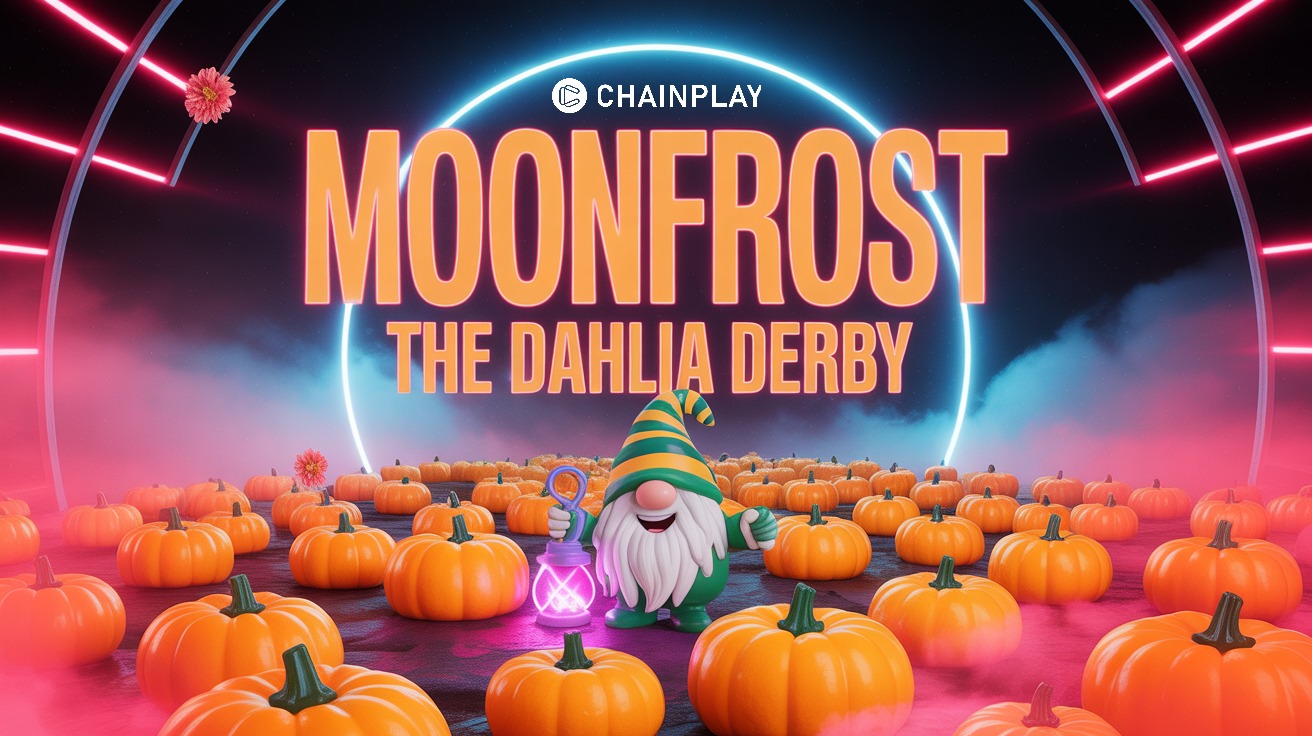
Moonfrost Opens Free Halloween Event: The Dahlia Derby
7 hours ago
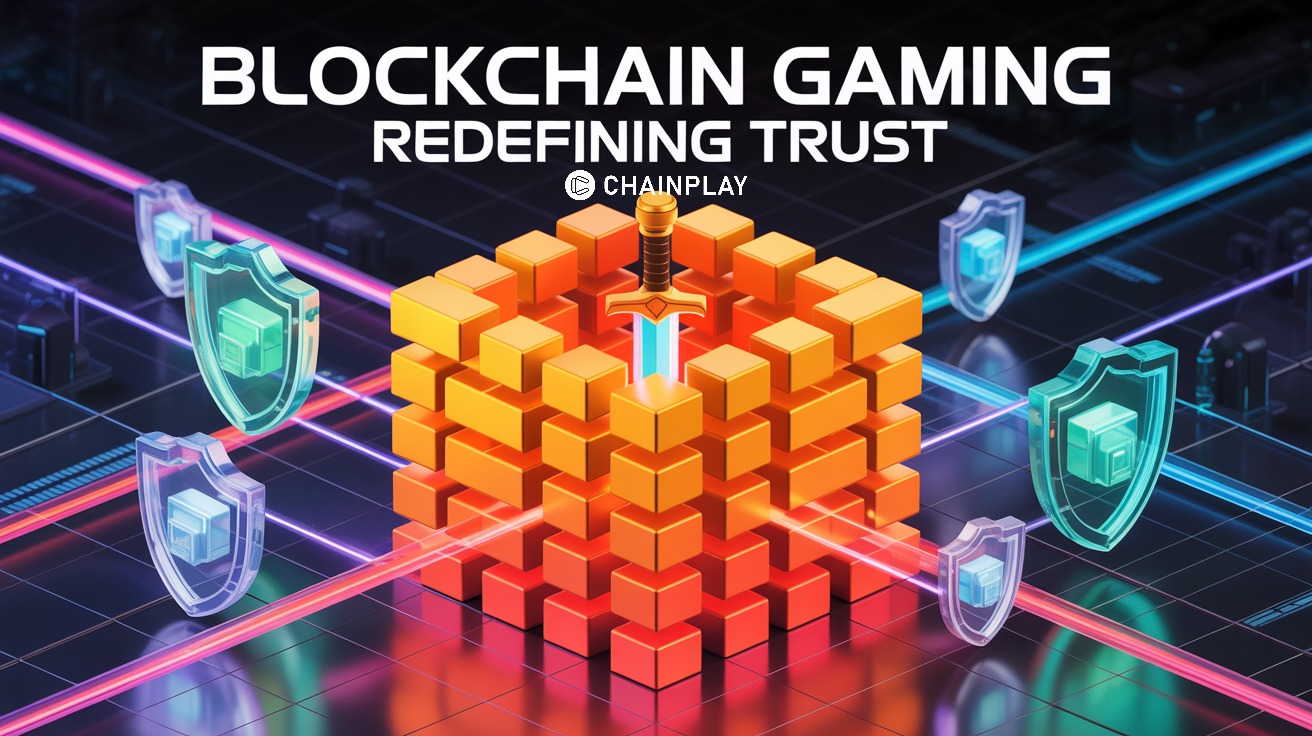
How Blockchain Is Redefining Trust in Online Gaming
20 hours ago
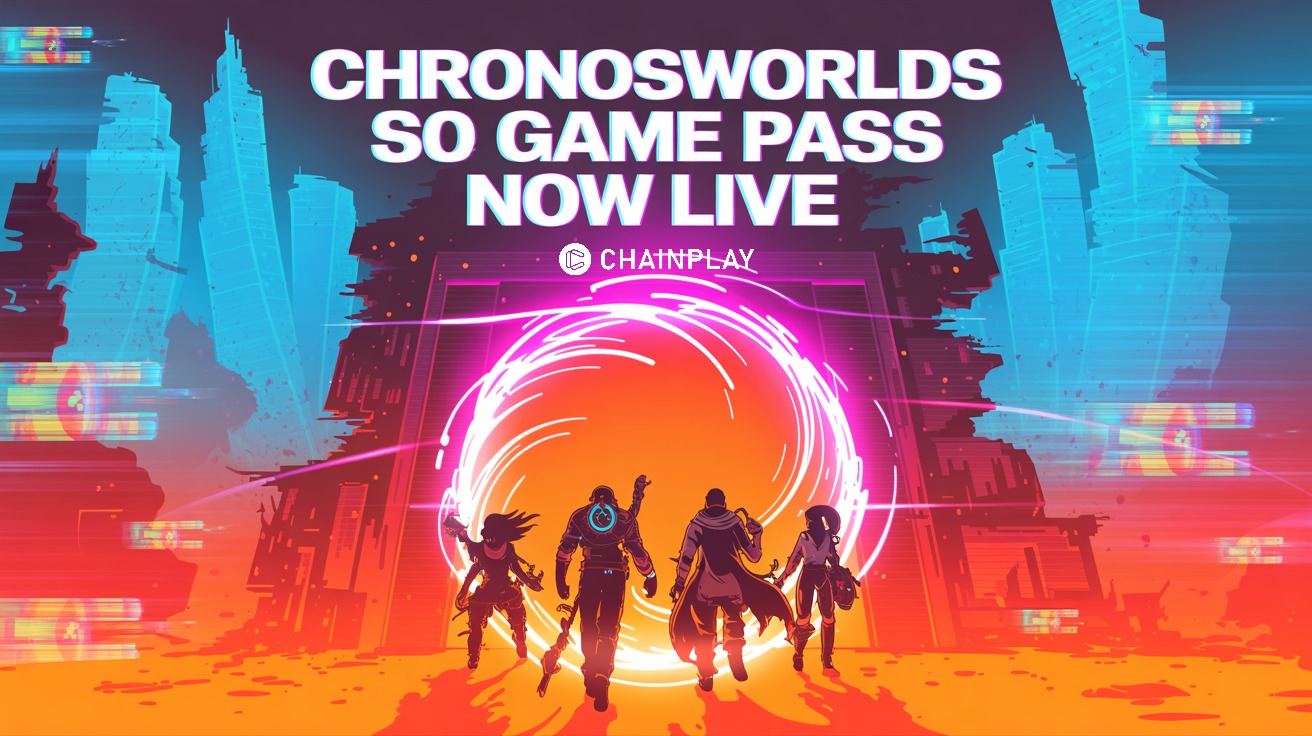
Get Early Access with ChronosWorlds S0 Game Pass
yesterday
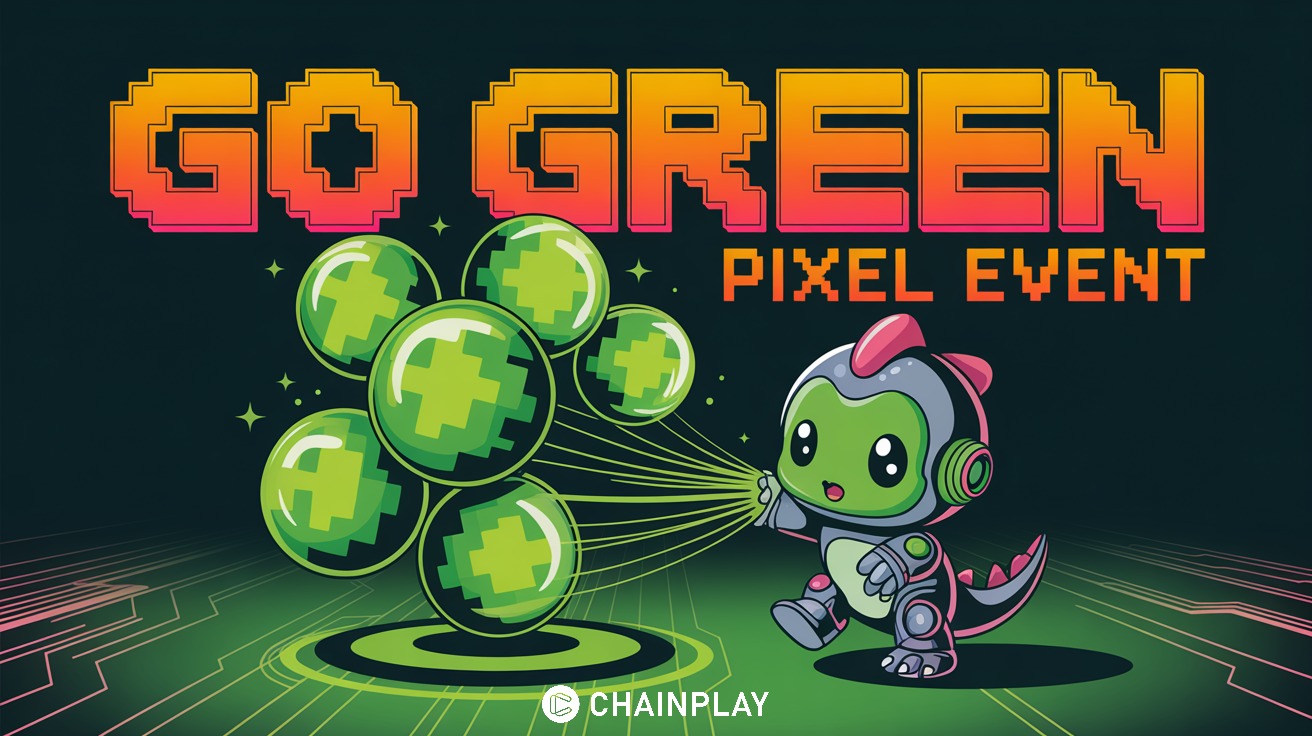
Sleepagotchi Lite Go Green Event Guide for $PIXEL Rewards
yesterday
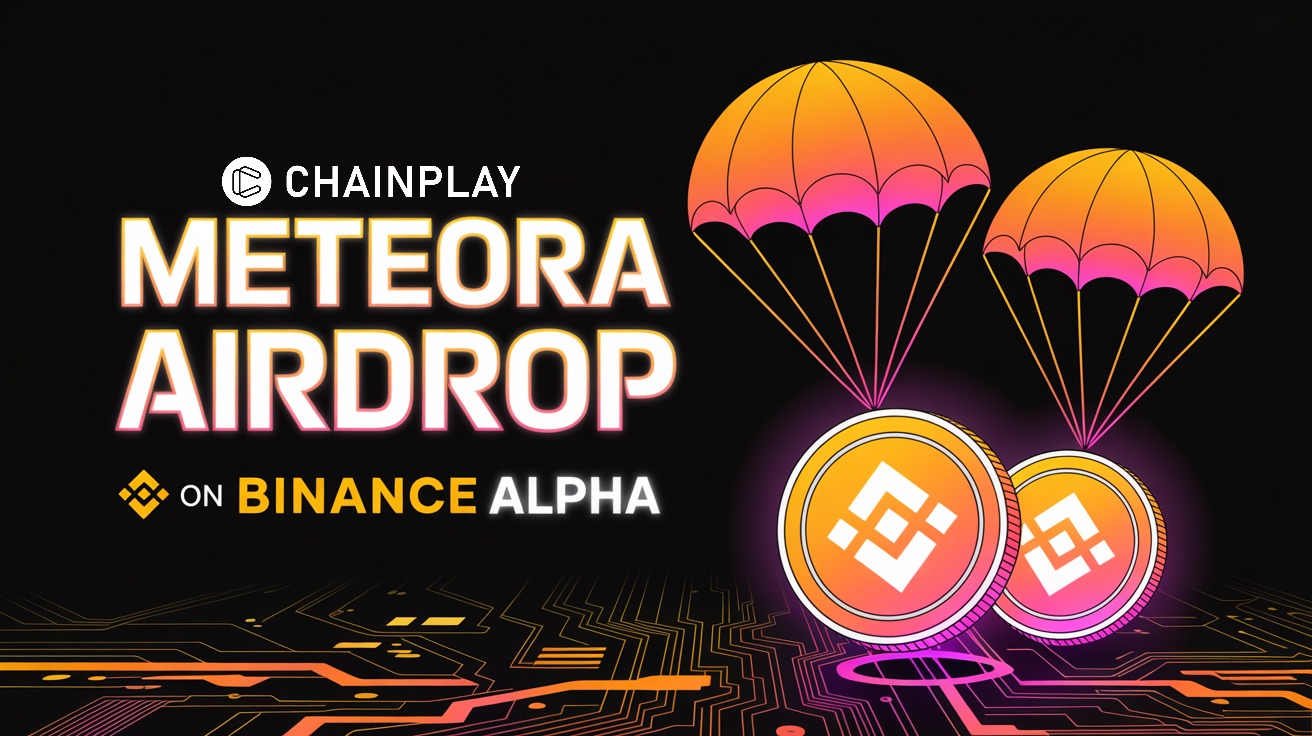
Meteora (MET) To Launch on Binance Alpha on October
yesterday
Related articles
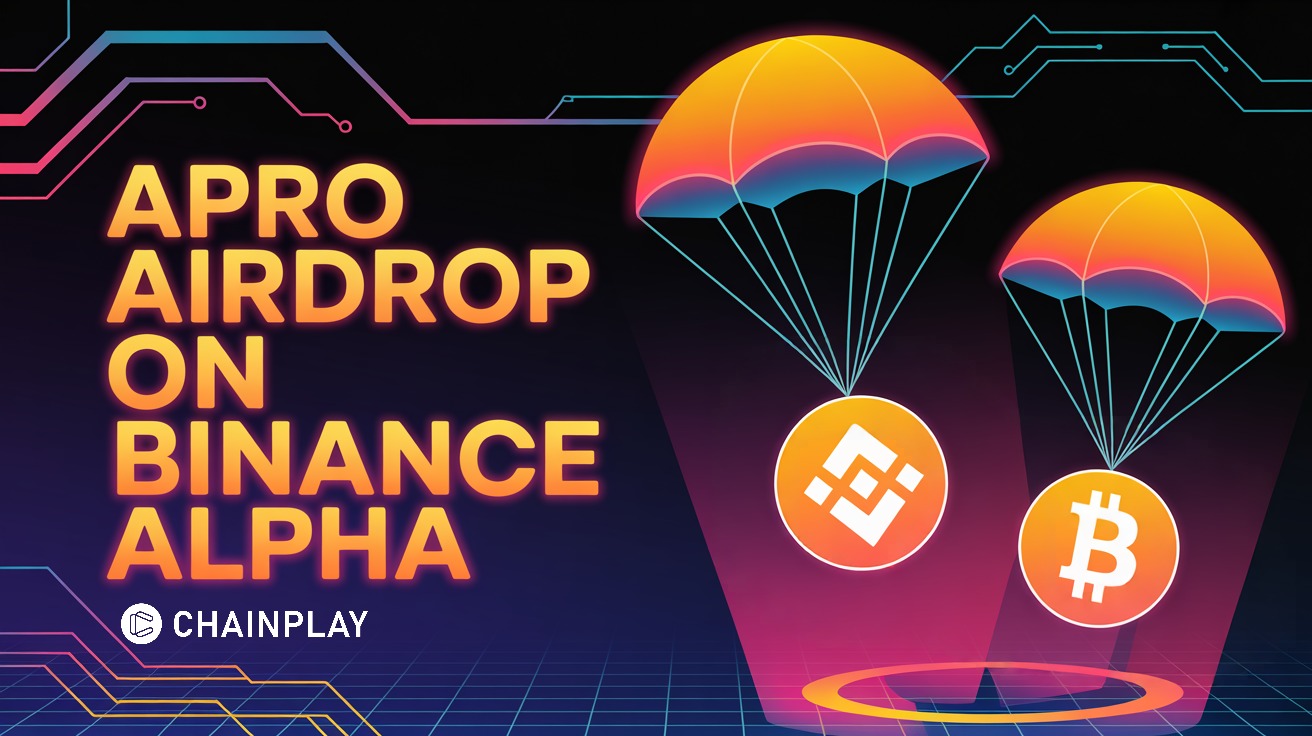
Binance has announced that its Alpha platform will launch and host an exclusive airdrop for APRO (AT), a decentralized oracle network, on October 24. Users with sufficient Binance Alpha Points will be eligible to claim the tokens on a first-come, first-served basis.
ChainPlay
•
2 days ago
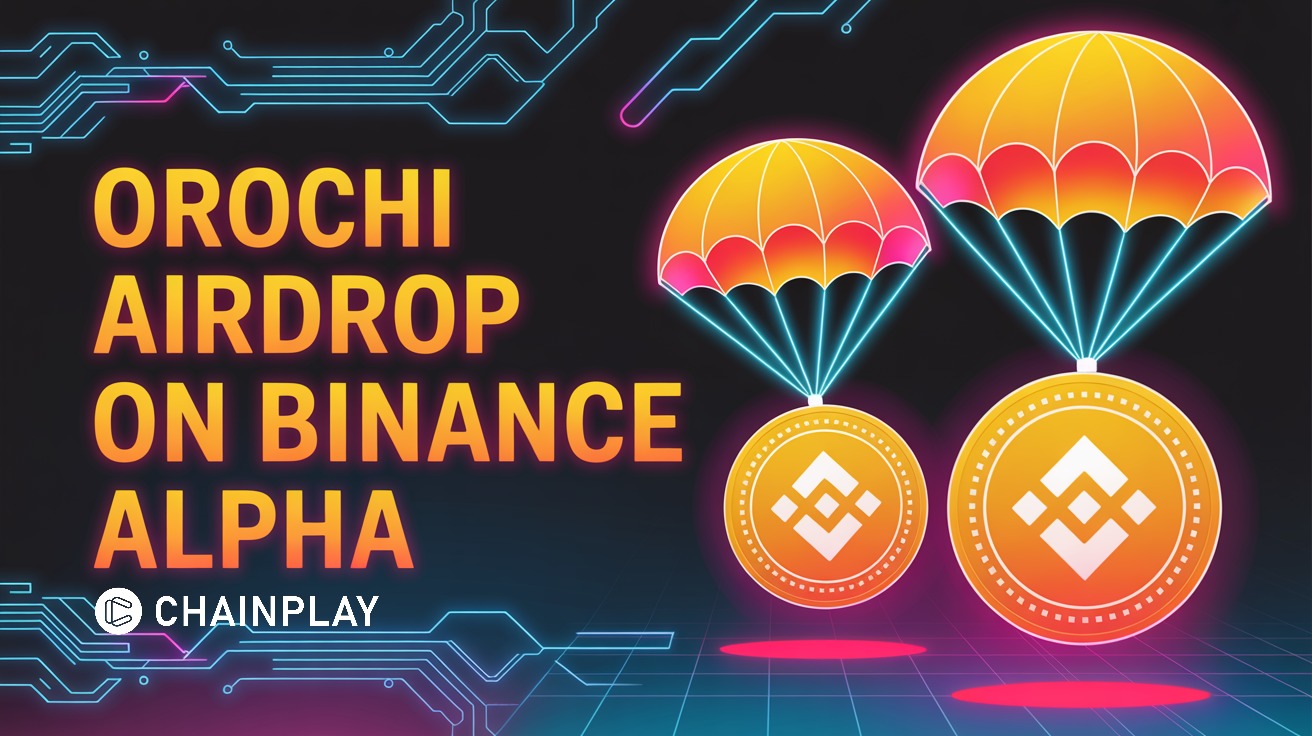
Binance has announced the launch of Orochi Network (ON), a verifiable data layer for RWA, trading on Alpha, and the ONUSDT Perpetual Futures contract on October 24. Eligible users can claim an exclusive ON token airdrop using Binance Alpha Points.
ChainPlay
•
2 days ago

Meteora (MET), a dynamic liquidity infrastructure built on Solana, will launch on Binance Alpha on October 23, 2025. To celebrate the launch, Binance Alpha is offering an airdrop to traders who hold at least 226 Binance Alpha Points, allowing them to claim a reward of 32 MET tokens on a first-come, first-served basis.
ChainPlay
•
yesterday



